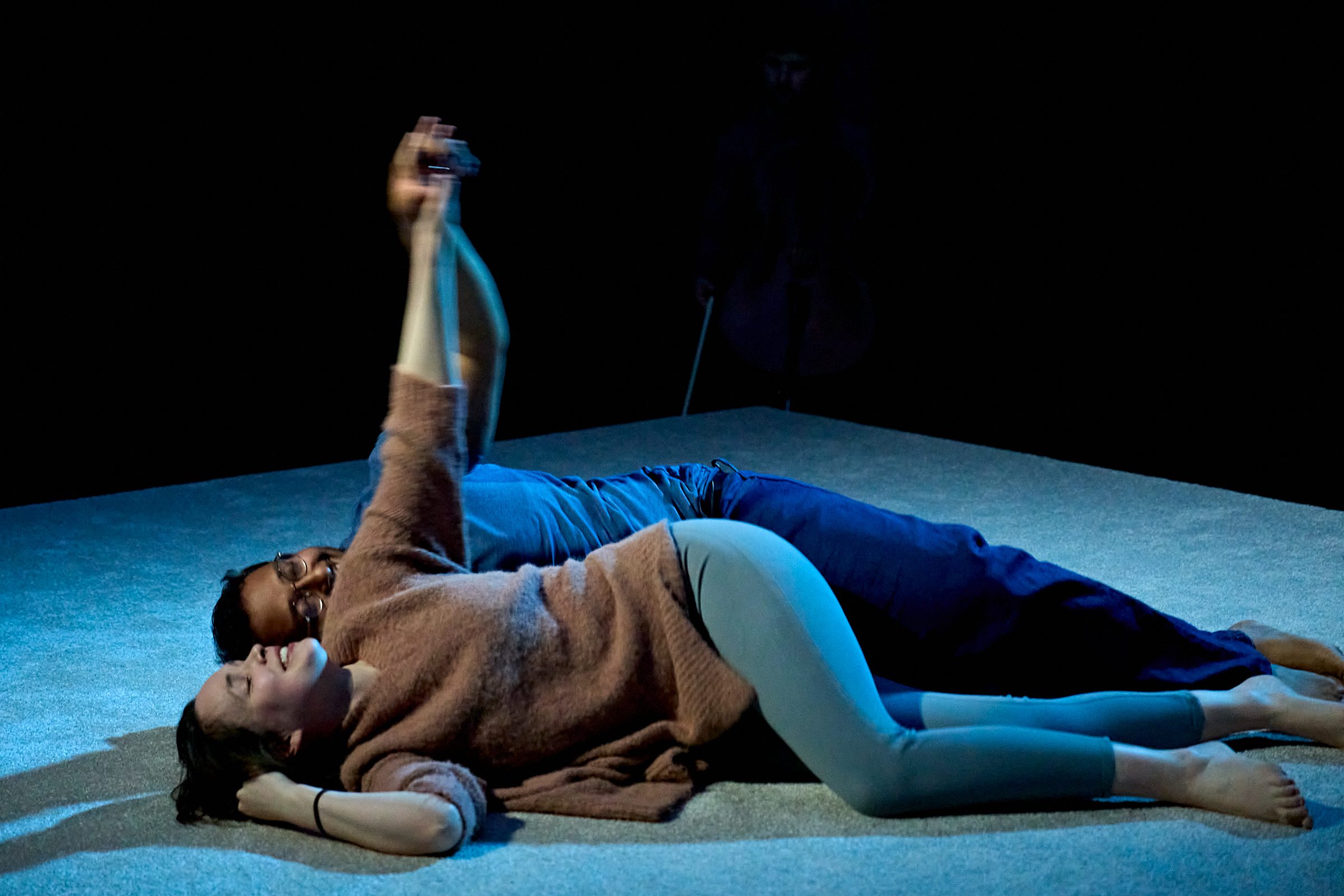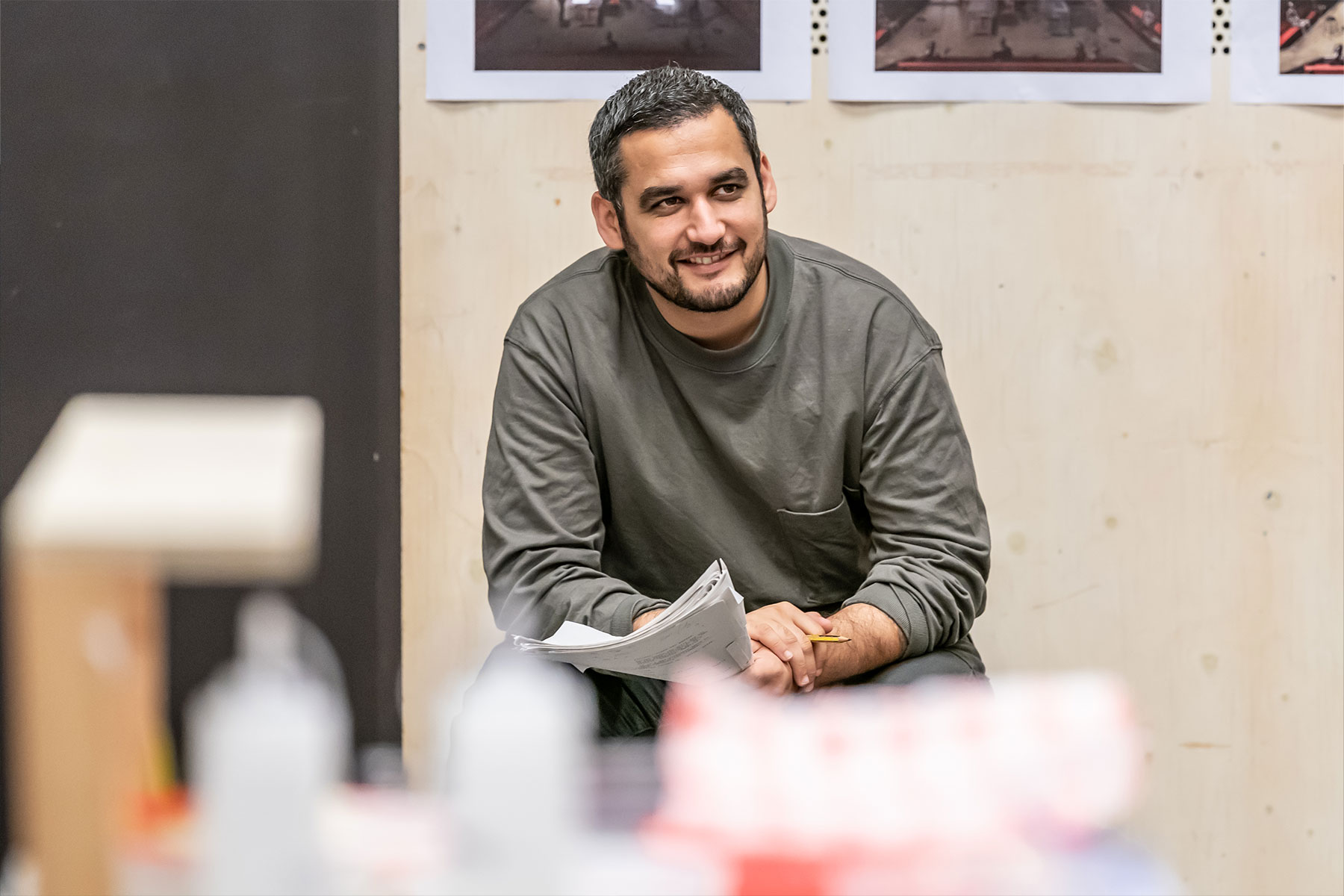Parade
It seemed a good idea to have another look at Parade, the Tony Award-winning 1998 Broadway musical that choreographer Rob Ashford directed so brilliantly at the Donmar Warehouse four years ago.
But something’s gone seriously wrong with Thom Southerland’s revival in the dark, dank vaults of the Southwark Playhouse. For a start, the sound system is harsh, horrible and too loud. It’s disconcerting enough in a small space not to hear the voice au naturel but miked out of all recognition is unbearable.
Secondly, the maudlin, emotional side of the story, in which a Jewish factory manager in Atlanta, 1913, is arraigned for murdering a teenaged girl on the grounds that he was the last person to see her alive, needs undercutting, not over-milking, as here.
And thirdly, in this version, the central story of racism, perjury and a witch-hunt straight out of The Crucible seems unattached to its framing references to the Civil War and the social life of Georgia, which is represented in some pretty routine choreography, a lot of simpering in white dresses and the curious sight of the state governor receiving his guests dressed as a cowpoke, or laundryman.
In this context, Jason Robert Brown’s score doesn’t seem quite so hot, despite the stomping opening number celebrating the old hills of
Georgia, a soaring love duet for the convicted murderer and his loyal wife (Laura Pitt-Pulford) and some good blues and blue grass numbers.
As Leo Frank, Alastair Brookshaw gives a good, sustained performance of eccentric twitchiness, a little like an unfunny version of Robin Williams. And there’s a lot of solid glowering and lip curling from Mark Inscoe as the prosecuting lawyer to offset the prim chirpiness of Jessica Bastick-Vines as Mary Phagan and Samantha Seager as her distraught mother.
The show was co-conceived and first directed on Broadway by Harold Prince (who had wanted Stephen Sondheim to write the score) and has a strong, if sentimental, book by Alfred Uhry (Driving Miss Daisy) based on a real-life case, a fact underlined with a grisly life-size photograph at the end. But, on the whole, this Parade is no prompt for flag-waving.










